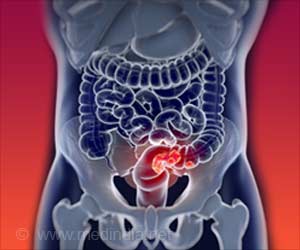Exercise can reduce anxiety and fear faced by men during active surveillance for prostate cancer.

TOP INSIGHT
Active surveillance (AS) has become an increasingly popular option for men with early-stage prostate cancer.
"These findings may be especially important for the subgroup of patients who switch to surgery or other treatment as a result of anxiety or fear that their prostate cancer will progress during active surveillance." The study was led by Dong-Woo Kang, PhD, who is now a postdoctoral fellow at the Dana-Farber Cancer Institute, Boston.
Psychological benefits of exercise training during AS for prostate cancer
Active surveillance (AS) is used as a way to monitor slow-growing, "low-risk" or localized prostate cancer rather than treating it right away. Men opting for AS typically undergo regular prostate-specific antigen (PSA) screenings, prostate exams, imaging tests and repeat biopsies in order to carefully monitor prostate cancer growth or progression without compromising long-term outcomes. The aim of AS is to avoid or delay unnecessary treatment and its side effects.
Understandably, many men experience increased anxiety and fear of cancer progression while they are on AS, which may reduce their quality of life (QOL). These concerns drive some patients to switch to definitive treatment, such as surgery or radiation therapy — even though their cancer has not progressed.
In a study called the ERASE trial (Exercise During Active Surveillance for Prostate Cancer), the researchers evaluated a supervised, 12-week, high-intensity interval exercise training (HIIT) program for men undergoing AS. Published last year, the main study results showed significant improvement in cardiovascular fitness and reduced PSA levels in men assigned to the exercise program.
The HIIT program led to improvements in key patient-reported outcomes. Findings included a small but significant reduction in prostate cancer-related anxiety: a difference of about 3 points on a 54-point scale. Fear of cancer progression showed a larger decrease: by 2 points on a 12-point scale.
Exercise participants had improvement in hormonal symptoms such as lack of energy, feeling depressed or change in body weight. The HIIT program was also linked to reductions in stress and fatigue and a significant increase in self-esteem. Assessments of QOL suggested "borderline significant" increases in overall health status and emotional functioning.
Active surveillance has become an increasingly popular option for men with early-stage prostate cancer. However, recent studies have shown that many patients switch from AS to definitive treatment within a few years — sometimes with no evidence of cancer progression. "Our findings might be especially relevant for a subgroup of AS patients who opt for radical treatment to manage their distress," the researchers write.
Dr. Courneya comments: "Previous reports have suggested that exercise might help to manage anxiety in other cancer patient groups but our study is the first to show improvement in anxiety and fear of cancer progression experienced by men who opt for AS." The researchers call for larger studies to confirm their findings and to demonstrate the longer-term physical and mental health benefits of exercise for this growing group of patients.
Source-Eurekalert
 MEDINDIA
MEDINDIA
![Prostate Specific Antigen [PSA] & Prostate Cancer Diagnosis Prostate Specific Antigen [PSA] & Prostate Cancer Diagnosis](https://images.medindia.net/patientinfo/120_100/prostate-specific-antigen.jpg)



 Email
Email










